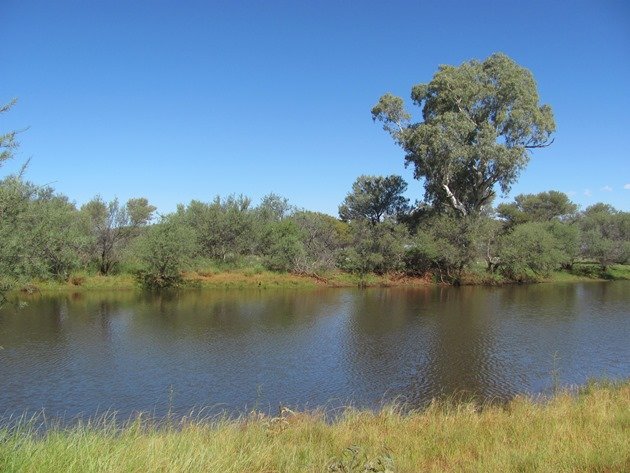
After all the rain in the northern part of Western Australia in recent months it is not too surprising that there has been an eruption of Black-tailed Native-hens. We have yet to encounter any around Broome this year and our last sighting here was of the one lone Black-tailed Native-hen last year. No doubt they will soon arrive as the smaller ephemeral lakes and swamps start to dry out, but for now there are large flocks of them to the south in the Pilbara. A mass of water right beside the main highway 65kms/40 miles south of Newman was home to over 350 Black-tailed Native-hens on April 20th and once that water is gone they will need to move on and find somewhere else suitable to live. Meanwhile if you are south of Newman you should slow down and enjoy all of the birding activity! It is not every day you come across over 350 Black-tailed Native-hens! You can’t actually do them justice in photographs when there are so many in a swampy area beside the main highway through Western Australia!
Water beside the main highway
Some of the 350+ Black-tailed Native-hens!
Travelling further south along the highway towards Meekatharra we have camped twice recently at Bilyuin Pool and this year there has been a lot more rainfall in the area and the water is clearer and there are a lot more birds in the area. We were delighted to discover that this year Black-tailed Native-hens have arrived at the pools that remain and there are over 30 of them. It is unclear at this stage if they will breed there, but there is ample vegetation for them to hide in and feed on. There are bountiful insects throughout the vegetation, which they flush up as they run. There is one Black-tailed Native-hen looking at you from across the other side of the bank in the header photograph! They are quite a large bird that does not really seem to know if it wants to be a chicken or a swamphen!
Black-tailed Native-hens in the shade
The Black-tailed Native-hens are fun birds to observe as they run along the edge of the water and swim very well despite not having webbed feet. If you camp in places like this with this sort of entertainment you won’t be missing your television, your computer or the fact that you have very intermittent phone coverage! Where we set ourselves up in the shade under the big gum trees we could watch Black-tailed Native-hens from both directions and across the water.
Black-tailed Native-hens around our bush-camp
When the Black-tailed Native-hens move across water it is often very clumsy and they set off as if they have not decided whether to fly or swim! Depending on whether their feet hit the water or not appears to determine if they end up swimming or flying! They are not moving in a panic, but just clumsily!
Black-tailed Native-hens in the shade beside us
Black-tailed Native-hens crash across the water!
The best description of a Black-tailed Native-hen you will ever find is one that our very own 10000 birds beat writer Jochen came up with! It is the simple German translation, which is that the German name for it is “Rotfuß-Pfuhlhuhn”, which translates to Red-foot puddle-chicken!
Black-tailed Native-hens watching us from across the water!
Let’s hope that all of these Black-tailed Native-hens breed and we soon have even more “Red-foot puddle-chickens” in Australia!!


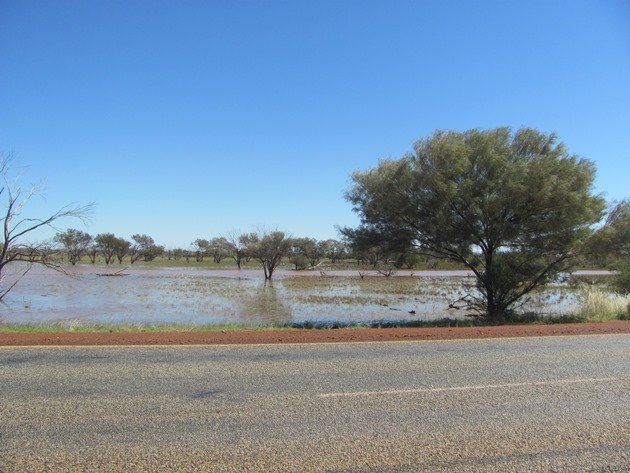
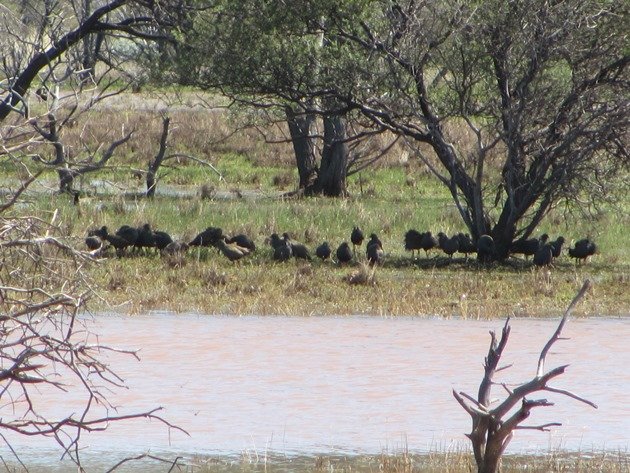
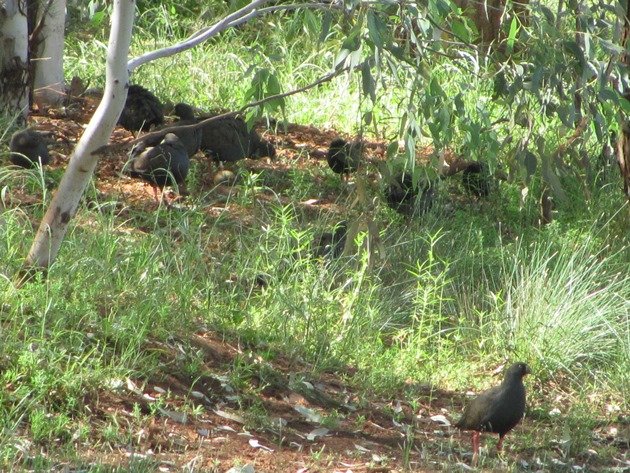
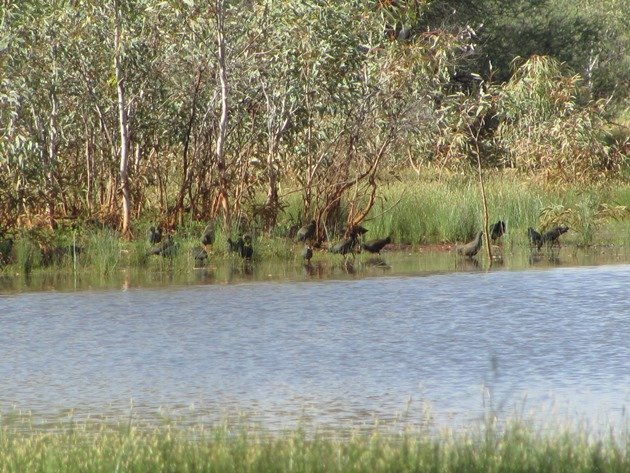
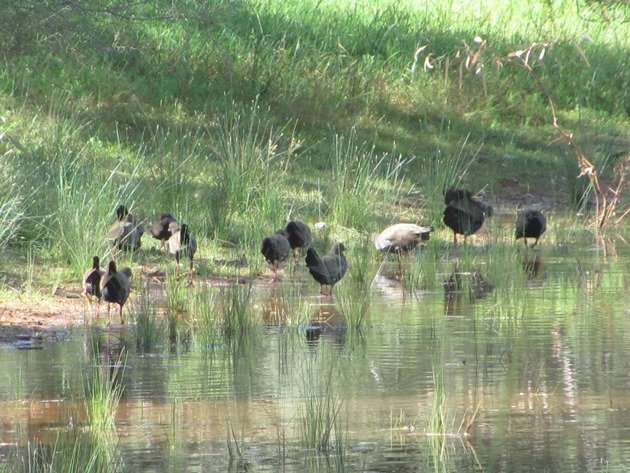
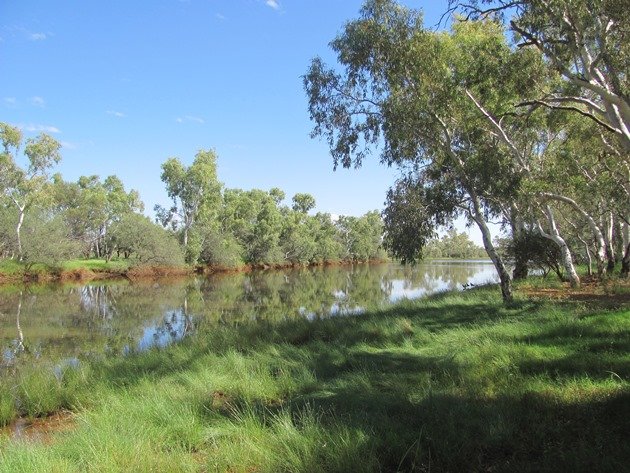

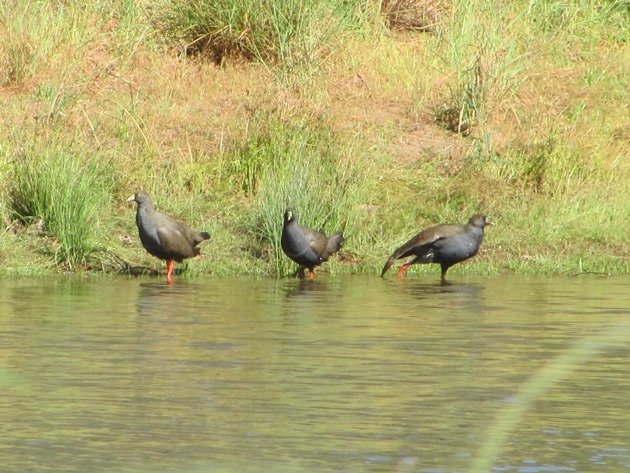
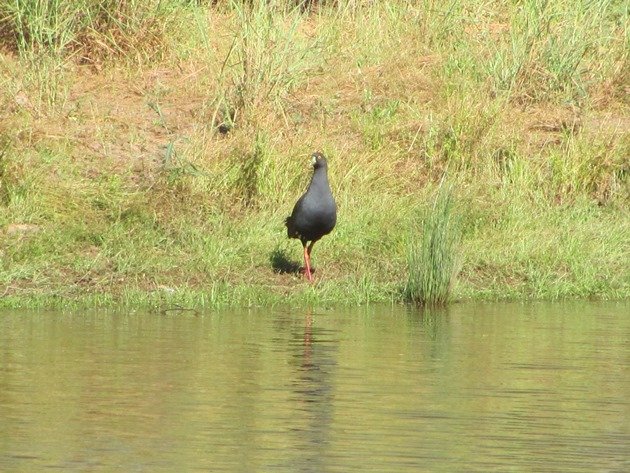











How exciting to see them, and sooooo many!
I once saw one of these in a winery in Melbourne… very weird! Didn’t see any on my recent visit to a quite green West Australia, but I did weirdly pick up a Freckled Duck in a small pond in Sydney.
You will have to head inland in WA to the flooded areas next time! 🙂